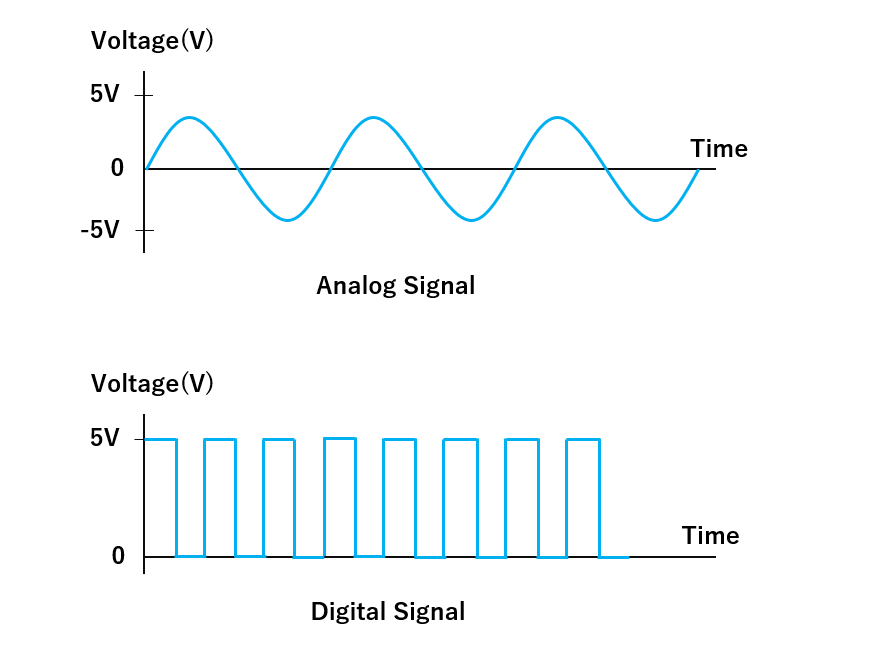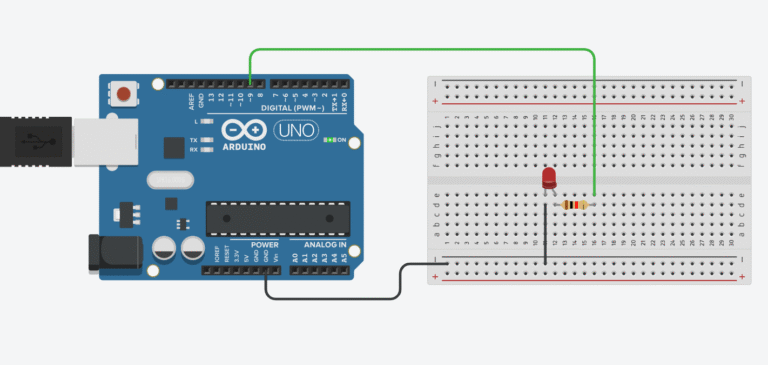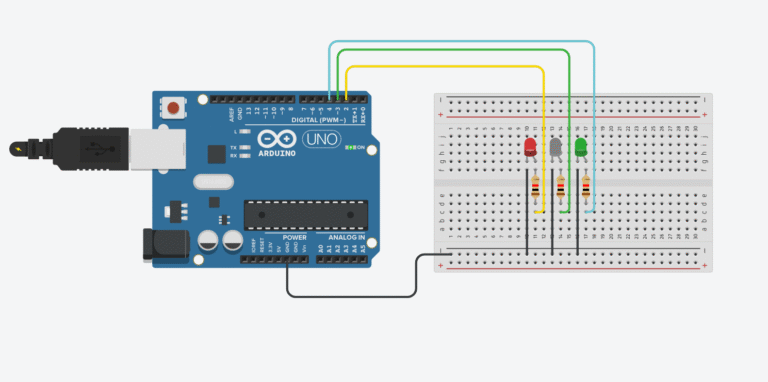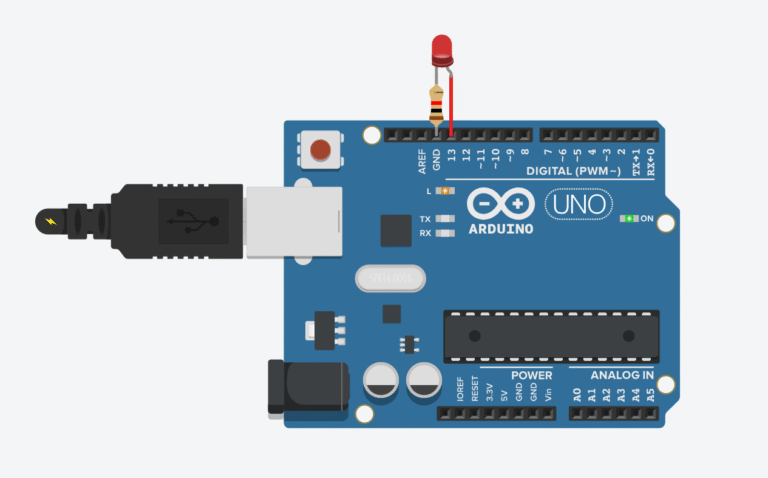Signals form the basis of communication in electronic systems, allowing devices to transmit and process information. Broadly, signals can be classified into two fundamental types: analog signals and digital signals. In this comprehensive guide, we’ll dive deep into the specifics, characteristics, differences, applications, and relevance of each type of signal.

What is an Analog Signal?
An analog signal is a continuous signal representing physical measurements. It is characterized by smoothly varying values over a range rather than discrete steps. Analog signals mimic real-world parameters such as temperature, sound, pressure, and voltage levels, making them naturally suited to representing real-world phenomena.
Characteristics of Analog Signals
Continuous Waveform: Analog signals have infinite resolution, meaning they can represent infinitely small changes.
Infinite Values: Within a given range, analog signals can take any value. For example, between 0 and 5 volts, any voltage is possible (1.234V, 3.567V, etc.).
Sensitive to Noise: Analog signals easily pick up interference and noise during transmission, which can lead to distortions and degradation of quality.
Real-world Examples of Analog Signals
Human voice or music from microphones: When you speak into a microphone, your voice creates sound waves that cause tiny vibrations. These vibrations generate a continuously varying voltage, creating an analog signal that closely mirrors the original sound. This smooth analog signal can then be amplified and processed to reproduce the exact sound in speakers.
Speed and position data from potentiometers: Potentiometers (or “pots”) are adjustable resistors commonly used as position sensors. When you turn a potentiometer knob, it changes its resistance, altering the voltage across it in a continuous way. This changing voltage provides precise, smooth, real-time feedback about position or speed, useful in applications like volume controls, robotic arms, or joystick controllers.
What is a Digital Signal?
Digital signals are discrete, binary signals typically represented by two states—ON or OFF, 1 or 0, HIGH or LOW. Unlike analog signals, digital signals do not change smoothly; they switch instantaneously between defined levels, making them perfect for computing and digital electronics.

Characteristics of Digital Signals
Discrete Steps: Digital signals have fixed levels, typically two—high and low.
Noise Resistance: Digital signals are far less susceptible to noise because small variations in signal levels do not affect interpretation.
Easy Storage and Processing: Digital signals can be easily stored, transmitted, and processed by digital systems such as computers and microcontrollers.
Real-world Examples of Digital Signals
Digital audio formats (MP3, WAV, etc.): Audio files such as MP3 or WAV use digital encoding to represent sound. Analog audio signals are sampled at regular intervals and converted into digital values, which can then be processed, compressed, stored, and played back with minimal loss of quality.
Digital video signals (HDMI, DisplayPort): HDMI and DisplayPort transmit video data digitally, sending discrete packets of binary information representing color, brightness, and frame data. This ensures high-quality video transmission, resistant to signal degradation over cables and connections.
Analog vs. Digital Signals: Technical Comparison
| Feature | Analog Signals | Digital Signals |
|---|---|---|
| Representation | Continuous values | Discrete (binary values) |
| Waveform | Smooth, sinusoidal, varying | Square waves, abrupt changes |
| Signal Noise | Highly susceptible | Highly resistant |
| Precision | High (Infinite resolution) | Limited (Discrete steps) |
| Processing Complexity | Higher complexity | Lower complexity |
| Application Suitability | Natural phenomena sensing | Digital processing and logic |
Converting Between Analog and Digital Signals
In practical electronic systems, analog and digital signals often interact, requiring conversion:
Analog-to-Digital Conversion (ADC)
An ADC converts analog signals to digital signals, enabling analog measurements (temperature, voltage) to be processed digitally. ADCs measure voltage levels and output discrete digital values corresponding to these measurements. Examples include the ADC pins on an Arduino Uno.
Examples include the ADC pins on an Arduino Uno or try it yourself with a beginner-friendly Arduino Uno board.
Digital-to-Analog Conversion (DAC)
A DAC performs the opposite function, converting digital signals back into analog signals. This is used when generating audio signals from digital audio data or precise voltage outputs for sensors and actuators.
You can explore external DAC modules on Amazon to test real analog signal output in your own project.
If you’re curious how that works, check out this guide: PWM (Pulse Width Modulation) Explained – How Digital Pins Simulate Analog Output
Applications of Analog and Digital Signals
| Field | Analog Signal Applications | Digital Signal Applications |
|---|---|---|
| Telecommunications | AM/FM radio, analog telephony | Digital telephony, Wi-Fi, Bluetooth |
| Audio and Video | Analog TV, vinyl records | Digital TV, streaming, CDs, DVDs |
| Industrial Sensors | Temperature, pressure, motion sensors | Digital position encoders, smart sensors |
| Computing and Control | Analog measurements (potentiometers) | Microcontrollers, digital logic circuits |
Why Both Signals are Still Relevant
Analog signals remain essential for sensing and capturing real-world information due to their continuous nature. Digital signals, on the other hand, excel in processing, storage, and reliable communication. Modern electronic systems integrate both types:
- Analog sensors capture real-world data.
- ADCs convert this data into digital form.
- Digital electronics process and analyze this data.
- DACs or PWM signals convert processed data back into analog signals when needed.
Conclusion
Understanding the detailed differences between analog and digital signals is crucial for anyone working in electronics or embedded systems. Analog signals provide natural, continuous representations suitable for real-world sensing. Digital signals offer precise, reliable, and noise-resistant communication, essential for digital processing and computing.
By effectively leveraging both analog and digital signals, modern technology achieves greater accuracy, efficiency, and versatility, underpinning everything from consumer electronics to advanced industrial control systems.
Interested in learning more about signal conversion techniques such as ADCs and DACs, or detailed applications of PWM?
This page includes affiliate links. I may earn a small commission if you purchase through them – at no extra cost to you.
Frequently Asked Questions (FAQ)
1. What is the main difference between analog and digital signals?
Analog signals represent information continuously with an infinite number of possible values, while digital signals represent information using discrete binary values (0 or 1).
2. Which type of signal is more resistant to noise?
Digital signals are significantly more resistant to noise and interference because minor variations in the signal levels do not typically affect interpretation.
3. Why do we still use analog signals if digital signals are better?
Analog signals naturally represent physical phenomena, making them essential for sensing real-world data such as sound, temperature, and light. Digital signals are better suited for data processing and communication.
4. Can you convert between analog and digital signals?
Yes. Analog-to-digital converters (ADCs) convert analog signals to digital form for processing, while digital-to-analog converters (DACs) convert digital signals back to analog form for real-world interactions.
5. What are practical examples of analog-to-digital conversion?
Common examples include audio recording (microphones converting sound to digital audio files) and temperature sensing with microcontrollers (converting sensor voltage into digital readings).
Tools You Might Need to Try Digital and Analog Projects
- Arduino Uno Board – great for learning and experimenting
- PWM Fan or Motor – to try out speed control
- Full Arduino Starter Kit – includes everything you need



